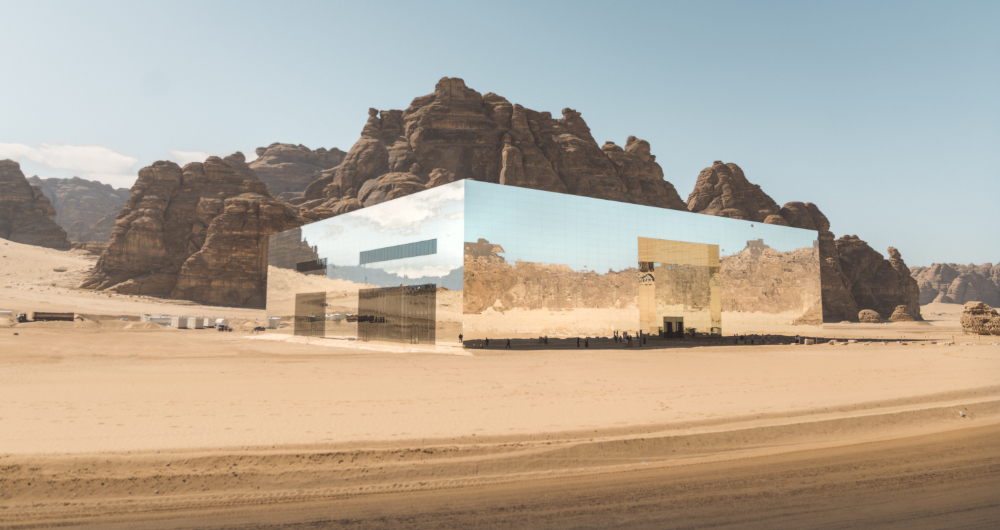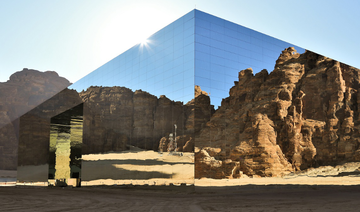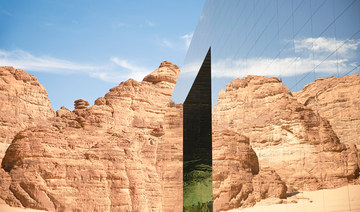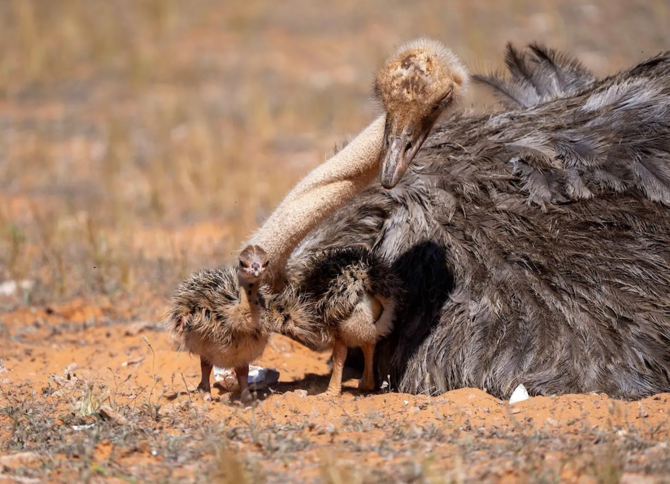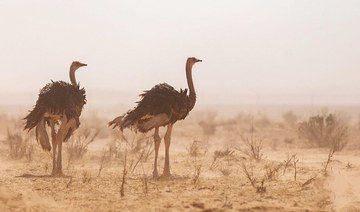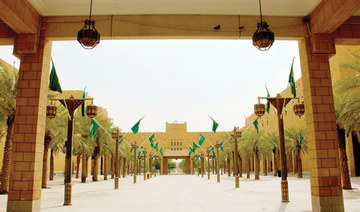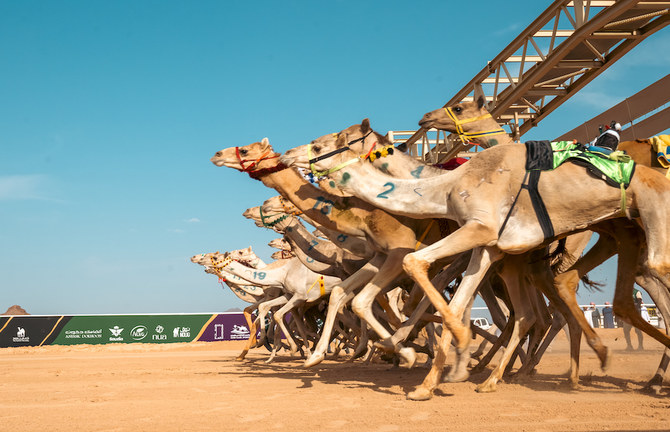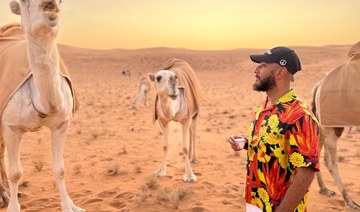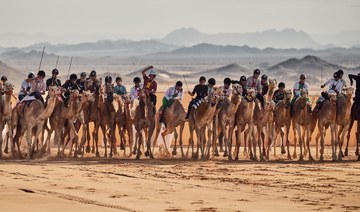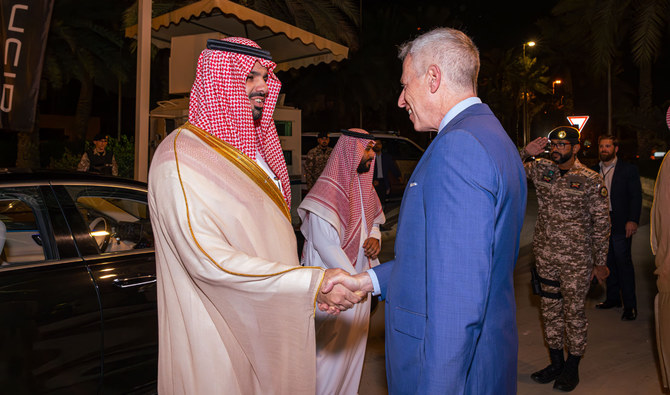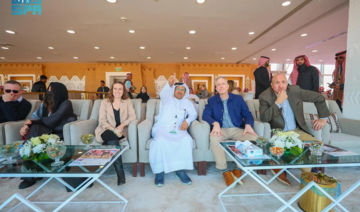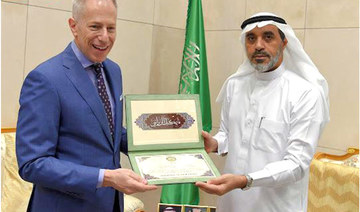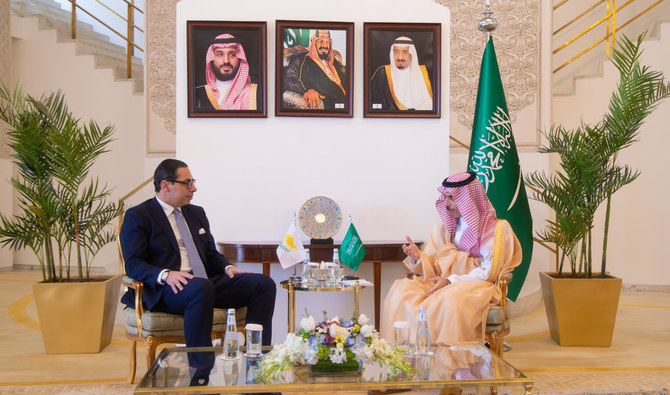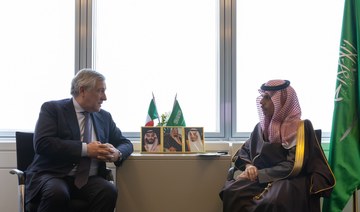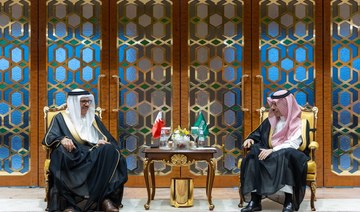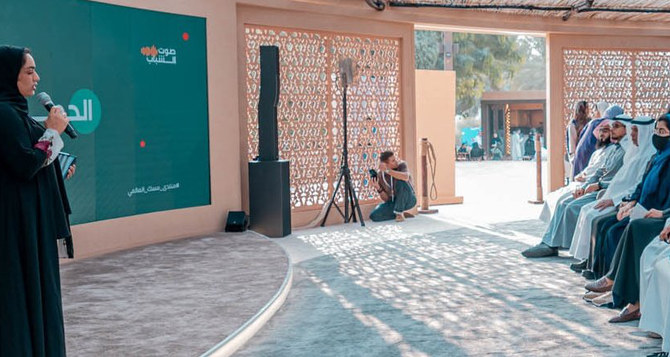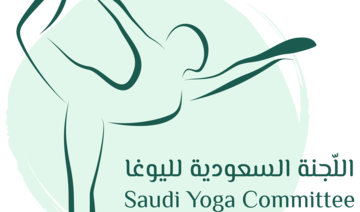RIYADH: Maraya, a concert and entertainment venue in AIUIa, northwest Saudi Arabia, has won one of the world’s biggest architecture awards.
The Architizer A+ Awards — hosted by New York-based community Architizer.com, a 7-million-plus online group of leading architects — consists of five peer-judged finalists, with one jury winner and one popular choice winner in each category. The awards promote and celebrate the year’s best architecture.
A finalist in the Architecture + Glass category, Maraya was selected by distinguished figures from industries including design, technology, real estate and fashion. Finalists were selected for excellence in architecture with criteria based on form, function, and impact.
Maraya achieved the most public votes in its category and was named the 2020 popular choice winner.
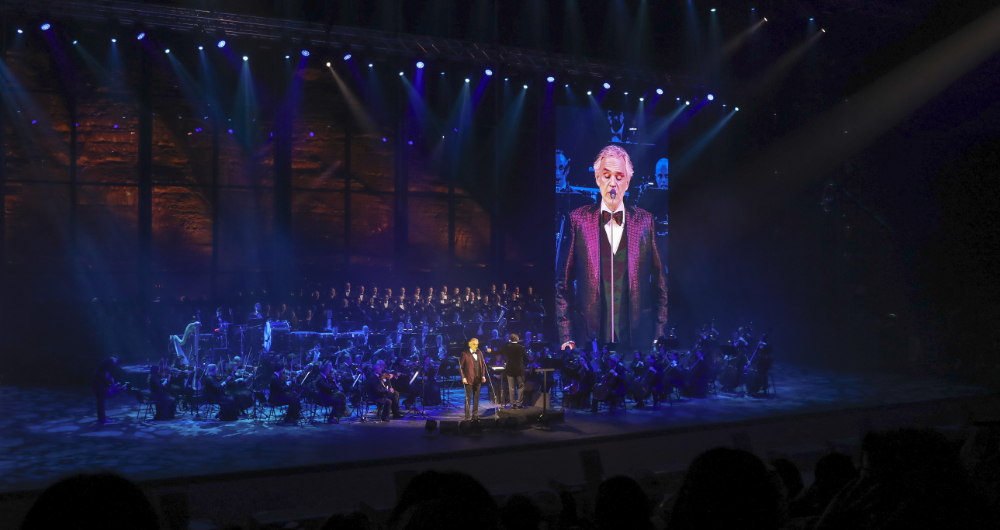 Philip Jones, chief destination management and marketing officer at the Royal Commission for AIUIa (RCU), welcomed the announcement, saying that although Maraya is closed for renovation, the venue will be have a key role when AIUIa reopens to visitors as a year-round destination in late 2020.
Philip Jones, chief destination management and marketing officer at the Royal Commission for AIUIa (RCU), welcomed the announcement, saying that although Maraya is closed for renovation, the venue will be have a key role when AIUIa reopens to visitors as a year-round destination in late 2020.
“It’s particularly gratifying to win the popular vote. Visitors are mesmerized by Maraya’s impact and the way it blends in so perfectly with its surroundings.
“Maraya has been conceived and designed in line with the RCU’s core values to develop AIUIa using a sensitive and responsible approach. AIUIa is a significant archaeological wonder and we look forward to welcoming the world when we reopen the sites,” he added.
The cube-shaped structure is covered in 9,740 square meters of mirrors that reflect the breathtaking surrounding landscape.
The building and its extraordinary facade were unveiled at a special ceremony staged by the Royal Commission for AlUla during the second season of the Winter at Tantora festival. The 500-seat venue has since hosted leading international artists, including Egyptian musician Omar Khairat and Italian opera singer Andrea Bocelli.
It achieved a Guinness World Record for being the largest mirrored building in the world in 2019 with its 26-meter-high theater.
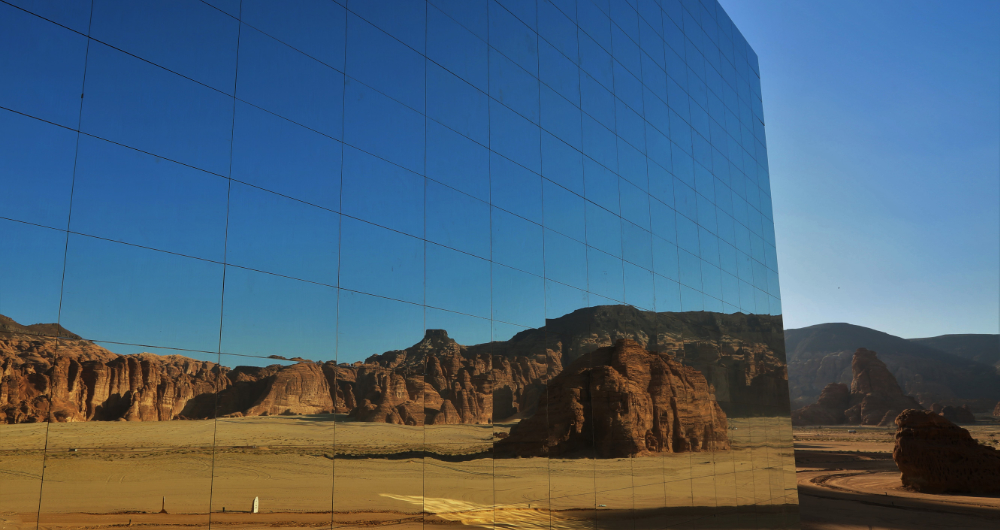
Maraya’s giant retractable window of more than 800 square meters can open to offer an experience blending nature and entertainment.
Maraya means mirrors in Arabic. The building, designed by Florian Bole and architect Massimo Fogliati, of Gio Forma, Milan, was inspired by the surrounding landscape.
The site was recently used a location for commercial film shoots by luxury brands including Cartier, Rolls-Royce and Monot.
Maraya is located 12 km from Saudi Arabia’s first UNESCO World Heritage site, Hegra.
The venue is undergoing further renovations, including increased capacity, a dedicated conference floor, a ground-floor restaurant and a stunning rooftop terrace overlooking the Ashar valley, oasis and desert surroundings.
Maraya will be well-positioned to host regional and international business events, conferences, weddings and other special events when it reopens for business in late 2020.
